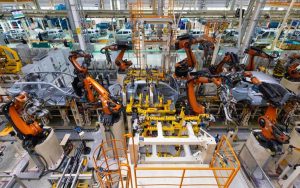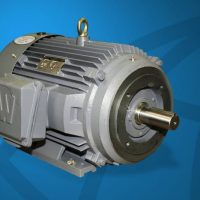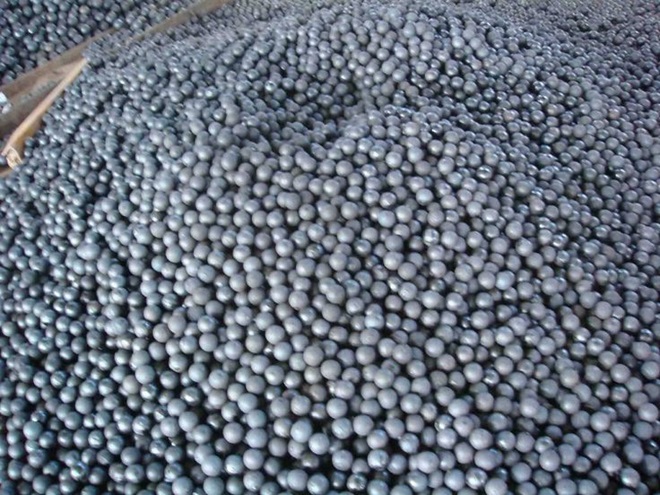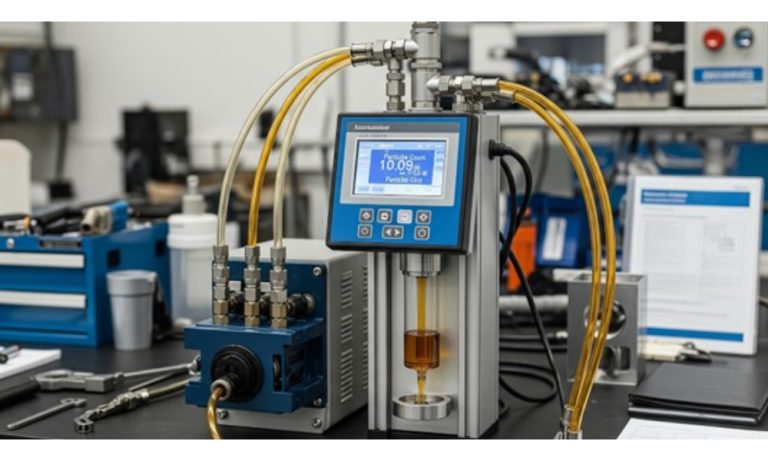Do you want to start an industrial facility? Whether in food processing, beer production, or machining type of industry, one common thing is that you will need industrial motors. They are the industrial workhorses that drive conveyors, move lifts, printing presses and elevators. Therefore, even if you will still have a technician to deal with motors, it is prudent to understand how motors work. Here is everything that you need to know.
The Basics: Electricity, Magnetism, Movement
Most electric motors operate through the interaction of electric current, magnetic fields, and wire windings that force rotation of an output shaft. To demonstrate how electric motors work, we will look at the two main types of motors: AC motors and DC motors.
- AC Motors: AC motors, like the name suggests, are driven by alternating current and are designed with two main parts. One is the outer stator with multiple coils of wires. When current is run through these wires, the stator generates a magnetic field. The second part of an AC motor is the inner rotor that is connected to the output shaft. The rotor produces the second rotating magnetic field. Note that the rotor magnetic field can be generated by a permanent magnet or electromagnetic coils. In most heavy duty industrial system such as mining operations as noted here, AC motors are the most preferred option.
- DC motors: A DC motor follows the same principle applied in the AC models. The motor has windings on the stator and armature on the outside. These windings are carefully done on soft iron to generate electric field. Then, the motor also features a commutator that is connected to the output shafts. Most DC motors are used in apparatus such as toys and tools. But you can also get stronger AC motors in industrial operations.
The Mai Types of Motors
Once you understand how the main types of motors work, go ahead and check individual models and select the ideal option. The main types of motors include:
- DC brushed motors: These are some of the simplest and commonest types of motors found in most appliances, automobiles, and toys.
- Brushless motors: These motors use permanent magnets in their rotors.
- Vibrating motors: These are used in applications that require vibrations such as game controllers and cell phones.
- Servo motors: These motors are common in appliances such as robotics and RC toys.
Understanding how industrial motors work is crucial for both entrepreneurs and technicians to ensure they are maintained in top conditions. Further, this helps to increase their efficiency, reduce maintenance costs, and cut related downtime.


















